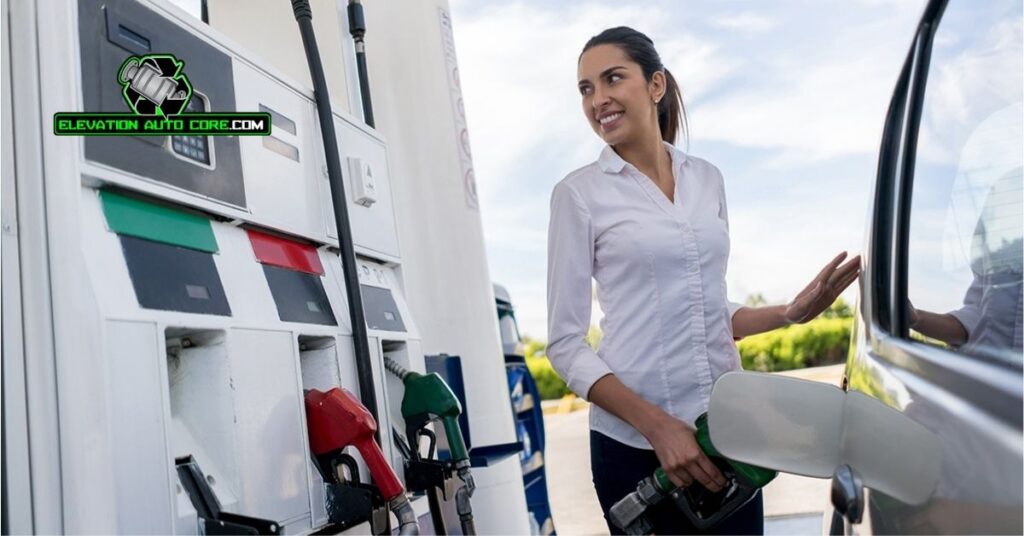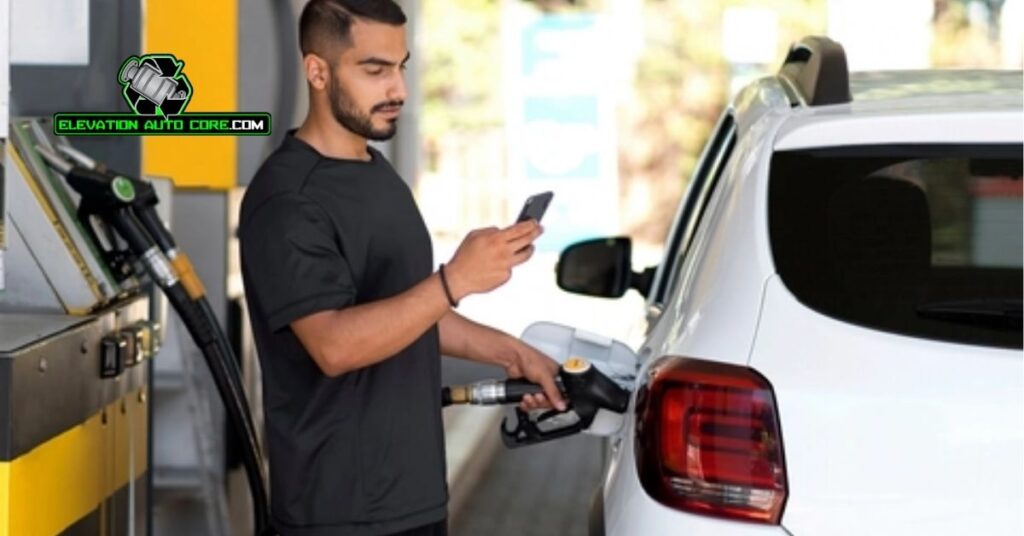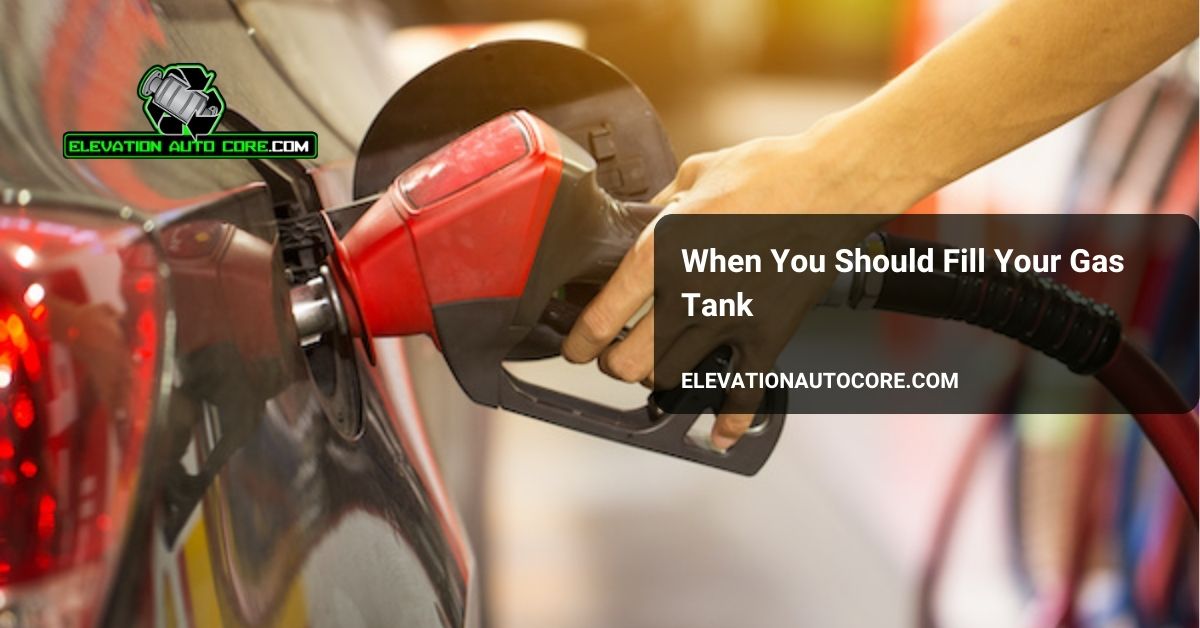When should you fill your gas tank to keep your car running smoothly and avoid unnecessary stress? Timing matters more than you think, whether you’re trying to save money, protect your vehicle, or simply avoid being stranded. Understanding the best practices for refueling can make a big difference—keep reading to learn why it’s not just about convenience.
Importance Of Knowing When To Fill Your Gas Tank

Filling your gas tank at the right time safeguards your vehicle from potential damage. Running on low fuel allows sediment from the bottom of the tank to enter your engine, which can clog fuel injectors and harm overall performance. Regular refueling minimizes this risk, ensuring smooth engine operation.
Maintaining adequate fuel levels also helps prevent emergencies. An empty tank in the middle of your commute or trip causes unnecessary delays and stress. By refueling before your gauge drops too low, you’re ready for unexpected situations like traffic jams or detours.
Fuel economy improves when you avoid filling your tank during high demand periods, such as midday or holidays. Gas prices tend to spike during these times, so timing your visits in the early morning or late evening could save you money over time.
Protecting your fuel pump from overheating becomes easier with sufficient fuel levels. When the pump operates without enough fuel, it overheats and wears out faster, leading to expensive repairs. Refueling on time helps keep this critical component in good condition, extending the life of your vehicle.
Factors That Determine When To Fill Your Gas Tank

Timing your refueling impacts your vehicle’s efficiency, safety, and maintenance costs. Considering these factors ensures optimal performance and avoids unnecessary risks.
Fuel Efficiency And Cost
Gas prices often fluctuate based on demand and time of day. Refueling during off-peak hours, such as early mornings or late evenings, can result in cost savings. Driving with less than a quarter tank can reduce fuel pump efficiency, increasing overall fuel consumption. Weather conditions, like summer heat, can also cause evaporation losses if you refuel under direct sunlight.
Safety Considerations
Running your vehicle close to empty increases the risk of stalling in hazardous locations. Having sufficient fuel in emergencies, such as traffic jams or severe weather events, helps avoid stressful situations. Awareness of gas station locations along your route reduces the likelihood of running out of gas in unfamiliar or unsafe areas. Maintaining a habit of refueling early fosters better preparedness.
Wear And Tear On Your Vehicle
Low fuel levels can lead to sediment accumulation in your gas tank, potentially damaging fuel injectors. Fuel pumps rely on gasoline to stay cool; driving with minimal fuel risks overheating the pump, shortening its lifespan. Regularly filling your gas tank above the quarter mark prevents unnecessary strain on critical engine and fuel system components. Consistent refueling habits reduce costly maintenance and repairs over time.
Best Practices For Filling Your Gas Tank

Applying optimal refueling habits enhances your vehicle’s efficiency and longevity. Focus on timing and maintaining adequate fuel levels to avoid unnecessary risks and expenses.
Avoid Letting The Tank Get Too Low
Low fuel levels can harm your car’s performance. Sediment at the bottom of the tank may clog the fuel injectors and affect engine efficiency. Keeping the tank above one-quarter full prevents the fuel pump from overheating, reducing long-term maintenance costs. Emergencies or unplanned trips are also easier to handle with sufficient fuel.
Refill During Cooler Parts Of The Day
Temperature impacts fuel efficiency during the refueling process. Gasoline contracts in cooler temperatures, such as early morning or late evening, allowing you to get more fuel for your dollar. Avoiding midday heat minimizes evaporation loss, especially in summer months or warmer regions.
Monitor Fuel Gauge Regularly
Tracking your fuel gauge ensures you’re aware of fuel levels at all times. Regular checks help you plan refueling stops before the tank reaches dangerously low levels. Staying proactive minimizes the risk of stalls and enhances overall safety during commutes or travel.
Myths And Misconceptions About Refueling

Misunderstandings about refueling can lead to poor decisions that affect your wallet and vehicle. Clearing up common myths helps you make better decisions for your car’s performance and safety.
Running On Empty To Save Money
Some believe running on low fuel saves money by reducing the weight of the vehicle. In reality, driving with less than a quarter tank increases the risk of fuel pump damage due to overheating, leading to costly repairs. Accumulated sediment in the tank may also be pulled into the engine, reducing performance and potentially clogging fuel injectors. Keeping your fuel level above a quarter tank eventually avoids these problems and keeps your car running smoothly.
Topping Off The Tank
It’s a common misconception that topping off your tank after the pump stops helps you get more for your money. Overfilling can trigger the pump’s vapor recovery system, sending excess fuel back into the station’s storage rather than into your tank. This practice also risks fuel spillage, harming both your vehicle and the environment. Stopping when the pump clicks off is more efficient and prevents unnecessary expenses or damage to your emissions system.
Seasonal Considerations For Refueling
Temperature changes during different seasons can impact your refueling habits. Gasoline becomes denser in cooler temperatures, particularly during early mornings or late evenings in fall and winter, which can help you get slightly more fuel per dollar. Planning to refuel during these colder parts of the day ensures better efficiency.
Hot weather in summer increases fuel evaporation, especially when tanks are left partially full. Filling your tank completely during this period minimizes fuel loss, keeping your vehicle ready for longer trips. Also, summer travel places higher demand on fuel stations, often causing mid-day price surges you can avoid by filling up during off-peak times.
Harsh winter conditions bring unique challenges like ice and moisture buildup in fuel lines. Keeping your gas tank at least half full reduces the risk of fuel line freezing, which can leave you stranded in cold weather. This practice also prepares your car for emergencies, such as delays caused by snowstorms.
You might notice that fuel demand spikes align with holidays or seasonal events. Avoid refueling just before major travel weekends to reduce costs, where possible, as prices tend to rise during these periods. As seasons shift, adjusting your refueling patterns will help maintain vehicle performance and save money year-round.
Conclusion
Understanding when to fill your gas tank is more than just a routine task; it’s a key part of maintaining your vehicle’s health, saving money, and ensuring your safety on the road. By staying mindful of your fuel levels and refueling at optimal times, you can avoid unnecessary stress and costly repairs.
Small changes like refilling before your tank gets too low, choosing cooler times of the day, and planning around fuel price trends can make a big difference. These habits not only protect your car but also help you get the most out of every gallon. Prioritize smart refueling practices to keep your vehicle running smoothly and efficiently year-round.

